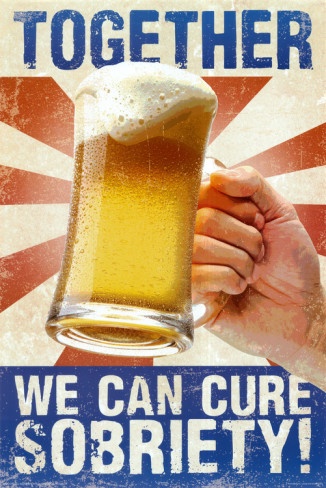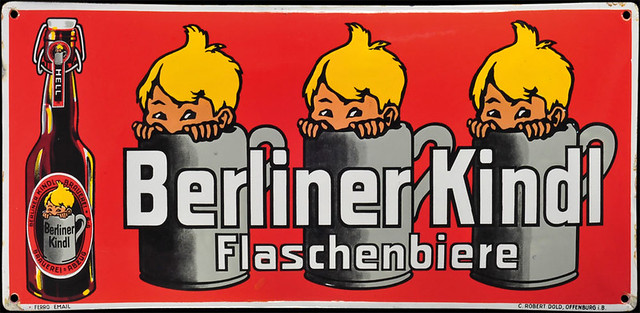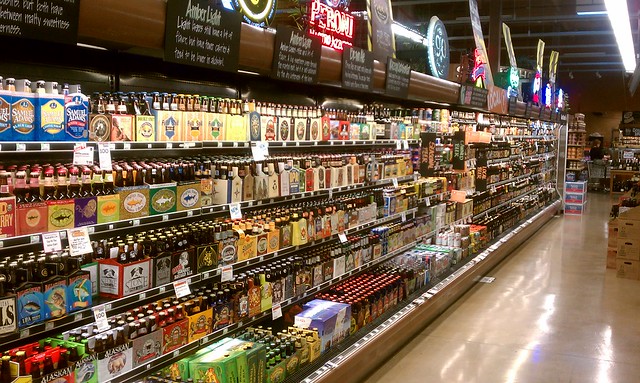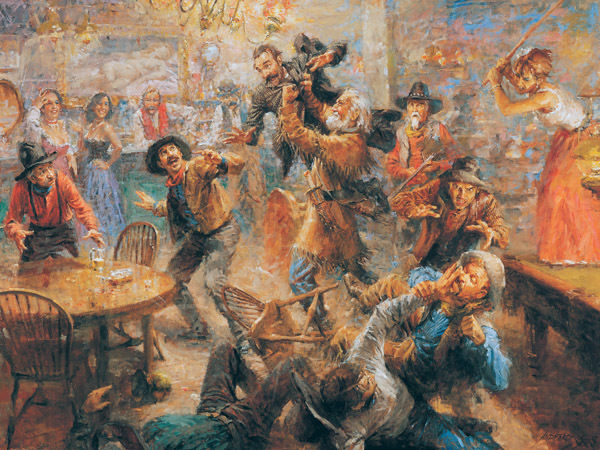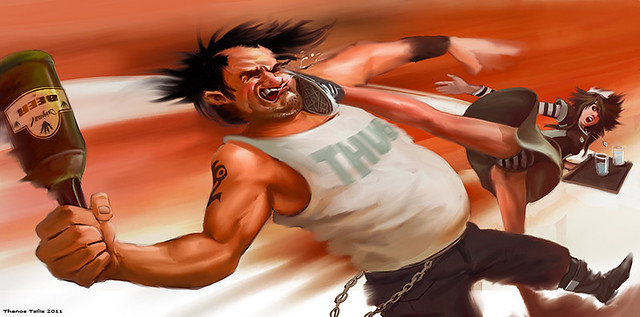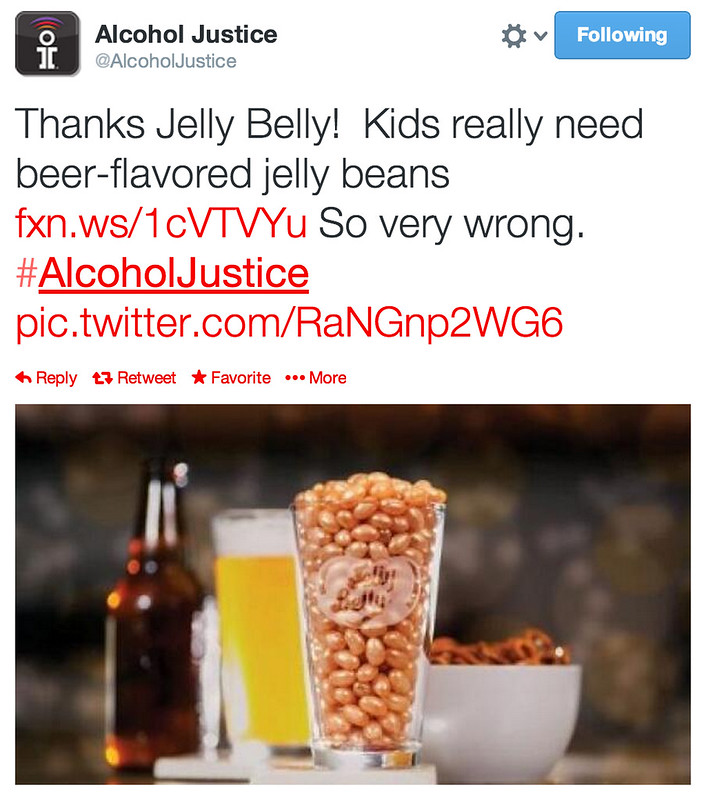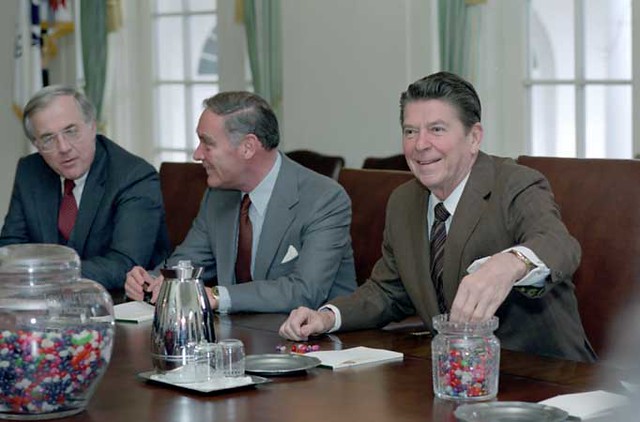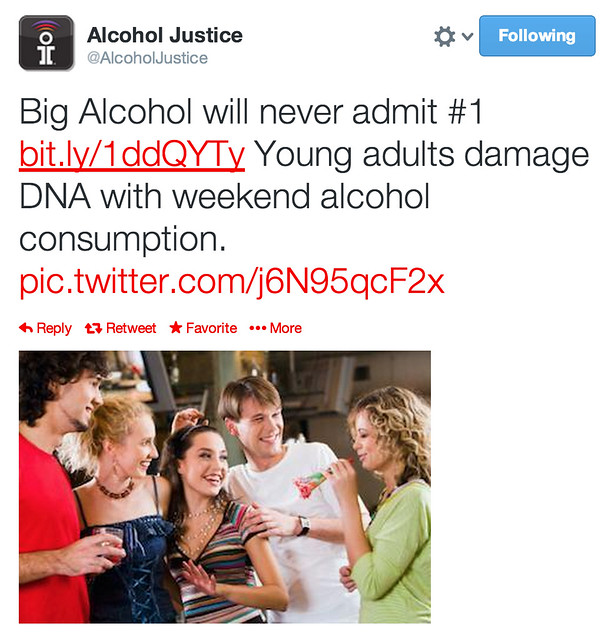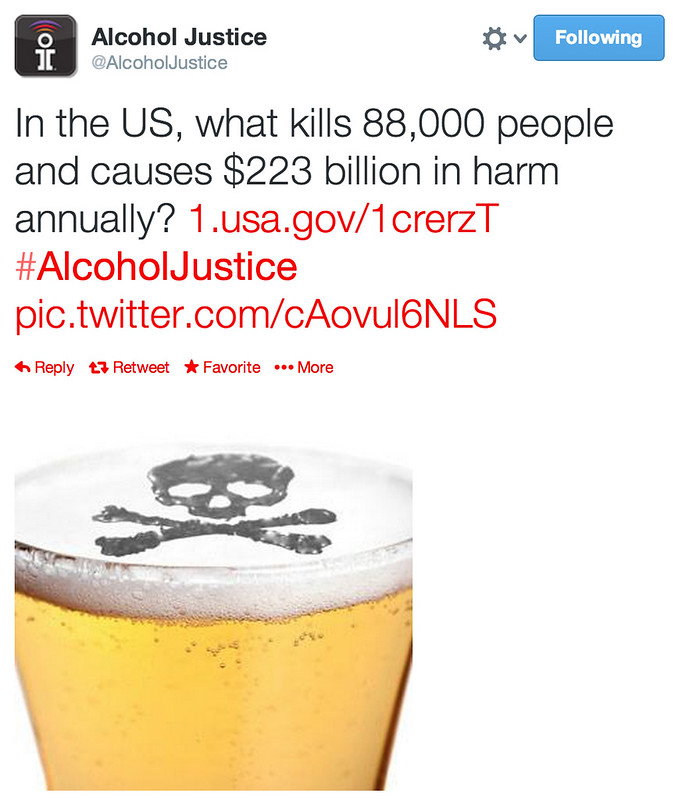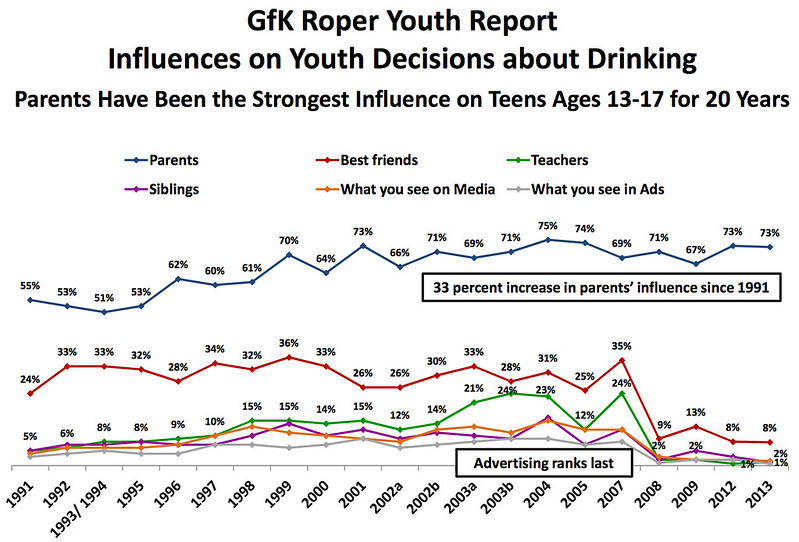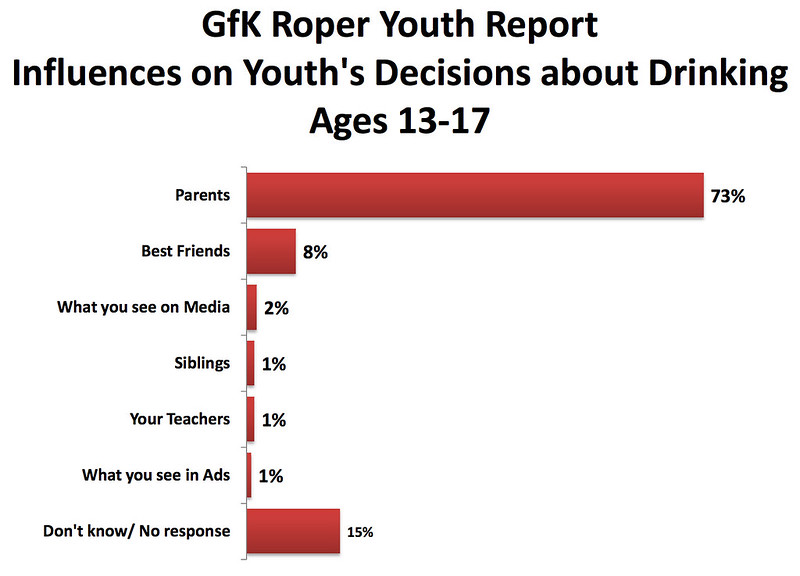![]()
Once upon a time, the word “sober,” meant simply “not intoxicated or drunk,” but over the past few decades, the term has been “hijacked” by AA and the addiction/recovery community to instead refer to “a state of being—one you can only achieve through total, lifelong abstinence if you ever drank alcoholically.” In other words, if you’re an active drinker of alcohol, you’re not sober as far as AA is concerned. Essentially, that’s turning the definition on its head, making it the opposite of its ordinary meaning, twisting it into doublespeak. Orwell would have been proud.
Reason magazine has an interesting article about this phenomenon, The Hijacking of Sobriety by the Recovery Movement, by psychologist, attorney, and psychotherapist Stanton Peele. Peele begins with how one celebrity was referred to by the media after revealing that after years as an alcoholic, she taught herself to have one drink per day without falling into ruin, something the abstinence-based medical community insists is not possible.
According to AA and the recovery movement, no former alcoholic can drink moderately. Any drinking whatsoever, according to these absolutists, and you’re no longer “sober.” One might think that a person who drinks regularly in a controlled, non-intoxicated manner is obviously not an alcoholic. Wrong!
When I suggested to my AA friend Ken (not his real name) that [a famous former alcoholic who’s learned to have a drink a day] shows one-time alcoholics can control their drinking, he objected strenuously. For Ken, “the fact that she has to limit herself to one drink a day proves she’s an alcoholic.” That’s right, drinking in a controlled manner proves you’re an uncontrolled drinker.
Not surprisingly, there’s mounting evidence that they’re wrong.
According to the National Epidemiologic Survey on Alcohol and Related Conditions (NESARC) — a massive government study of 43,000 Americans’ lifetime alcohol and drug use — about 75 percent of people who recover from alcohol dependence do so without seeking any kind of help, including specialty rehab programs and Alcoholics Anonymous. And only 13 percent of people with alcohol dependence ever receive specialty alcohol treatment. (Note that 13 percent is the upper figure for 12-step recovery, since ever participating does not mean the person recovered due to AA or rehab.)
The NESARC study also revealed that these recovered alcoholics don’t as a rule abstain. “Twenty years after the onset of alcohol dependence, three-fourths of individuals are in full recovery,” it notes. “More than half of those who have fully recovered drink at low-risk levels without symptoms of alcohol dependence.”
I especially love Peele’s conclusion. “For recovery absolutists, no one recovers from alcoholism without AA, just as no one can recover without giving up drinking forever. What arrogance! Who gave these self-appointed experts the power to tell everyone how they must achieve recovery?” Give the article a read and, more importantly, let’s stop letting AA and the medical community focused on making a buck off of people trying to cope with their own drinking problems frame the terms of the debate. I’m sober as I write these words. Later tonight, with any luck, I may not be. But tomorrow morning when the alarm clock reminds me of my daily obligations, I will be sober again. And that’s how it should be, not some Orwellian world where everyone who ever drinks a drop a beer is forever branded as a drunk, and alcoholic or free from soberness.
